By almost any measure, Rio 2016 will be the richest games in 120 years of Olympic history. While the modern Games began as a celebration of non-professional sport, the movement has long-since thrown off any facade of amateurism and is now more flush with corporate cash than ever before. This year, TV companies have paid more than $4 billion to screen the 19-day festival of sport, while the eleven global sponsors bankrolling Rio 2016 have a combined market value of over $1.5 trillion and are using that financial might to lavish more money on the event than ever with the Games being expected to bring in a total of $9.3 billion in marketing revenues.
While the entire India is going gaga about the feats of PV Sindhu and Sakshi Malik, India performed well below its strength in the 2016 Rio Games. A look at the performances of athletes in events where minimum qualifications were set reveal that 13 out of the 15 were not able to meet the benchmark on the basis of which they qualified in the first place. In non-athletic category like archery, swimming and weightlifting, too, our sportsmen and women fell way short of their qualifying timings. These revelations raise serious questions as to how Indian Olympic officials selected athletes for Rio and why exactly did the very athletes who surpassed the minimum requirements during the selection stage fell considerably short of them in Rio. One of the most serious discrepancies relates women’s athletics.
Three Indian runners - Jinson Johnson, Dharambir Singh and Muhammad Anas Yahiya – made the cut for Rio in 800 metres, 200 metres and 400 metres, respectively. Of the three, Dharambir failed a dope a test and was banned from competing in Rio. For 800 metres, the minimum qualifying time was 1 minute, 46 seconds. At the qualifying Indian Grand Prix in Bengaluru in July, Jinson won the race, clocking 1:45:98. He outrun his opponents by almost 100 metres towards the end. At Rio, he finished 25th, failed to qualify for the semis and clocked 1:47:27.
In effect, he would not have been able to even qualify for Olympics with this timing. For 400 metres, Muhammad Yahiya qualified in Bengaluru with exactly the minimum qualification time of 45:40 seconds. At Rio, he was ranked 31st with a timing of 45:95 seconds. In events like 400 metres, where a few milliseconds make all the difference, Yahya, like Jinson, would have never qualified for the Olympics with this timing. Things were even more bizarre in long jump and triple jump, where India was represented by Ankit Sharma and Renjith Maheshwary, respectively. The minimum qualifying distance for Rio was 8.15 metres. Sharma’s jump of 8.17 metres at the Kosanov Memorial Championship in 2016 in Kazakhstan was enough to get him qualified.
However, in Rio, he jumped 7.67 metres, finishing 24th. In fact, Sharma had fouled in his first two attempts during the event and was on the verge of being disqualified. Indian triple jumper Renjith Maheshwary also just about managed to qualify for Rio by meeting the benchmark 16.95 metres. However, in Rio, in his three jumps, the highest Maheshwary touched was 16.13 metres. In the other two jumps, he did not even touch the 16-metre mark.
—Prashant Tewari, Editor-in-Chief







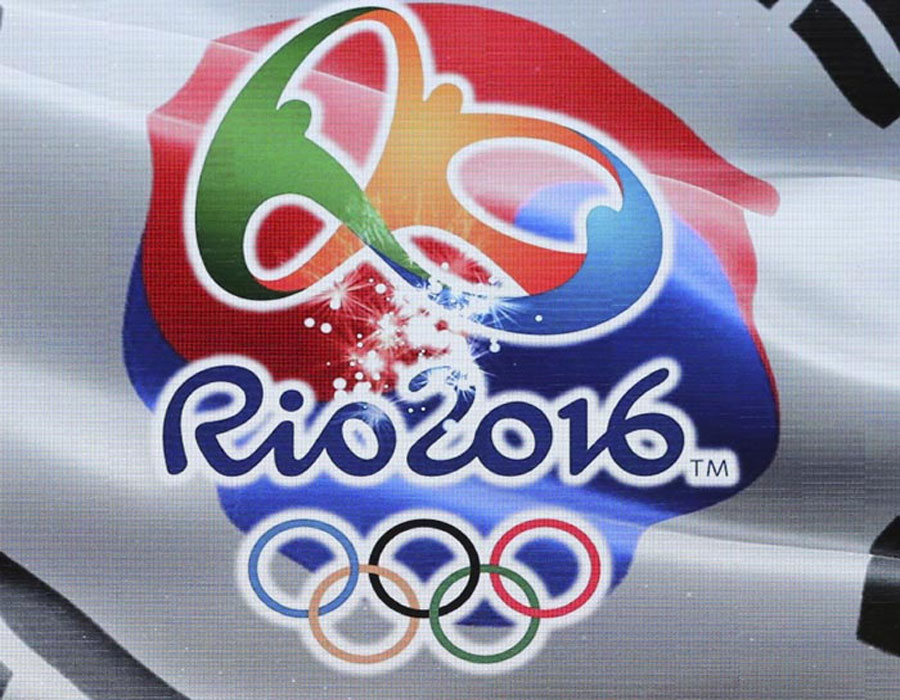
 OpinionExpress.In
OpinionExpress.In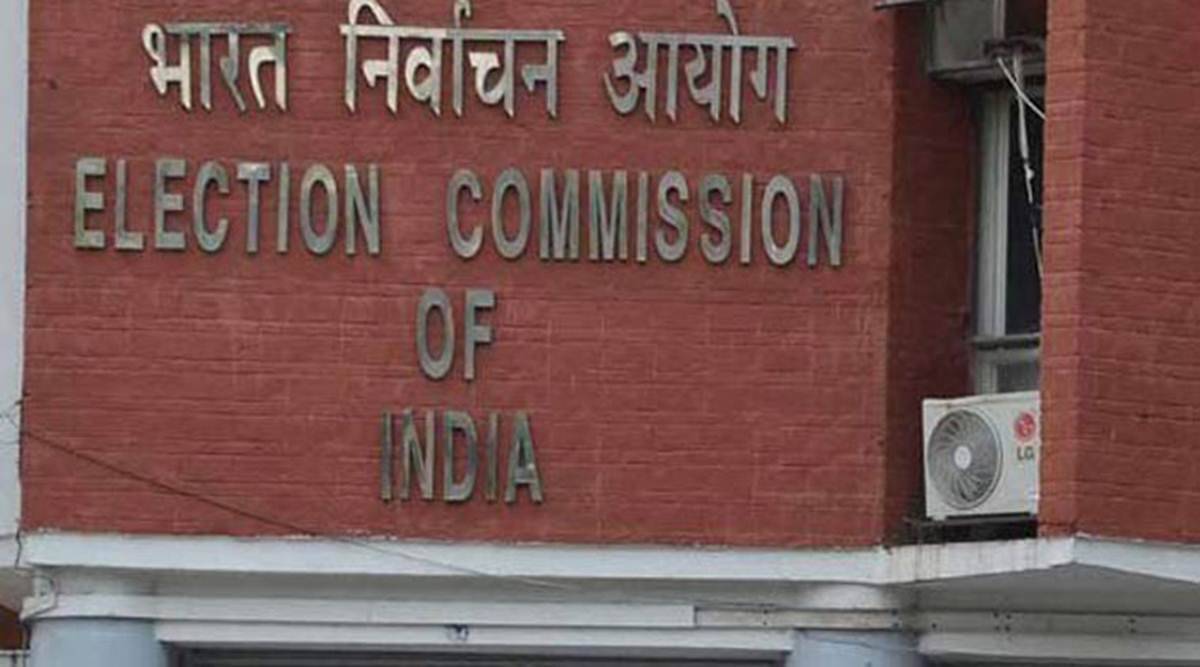
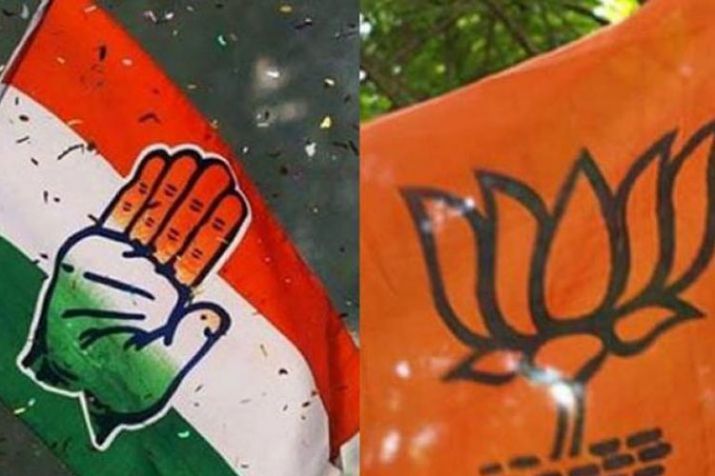
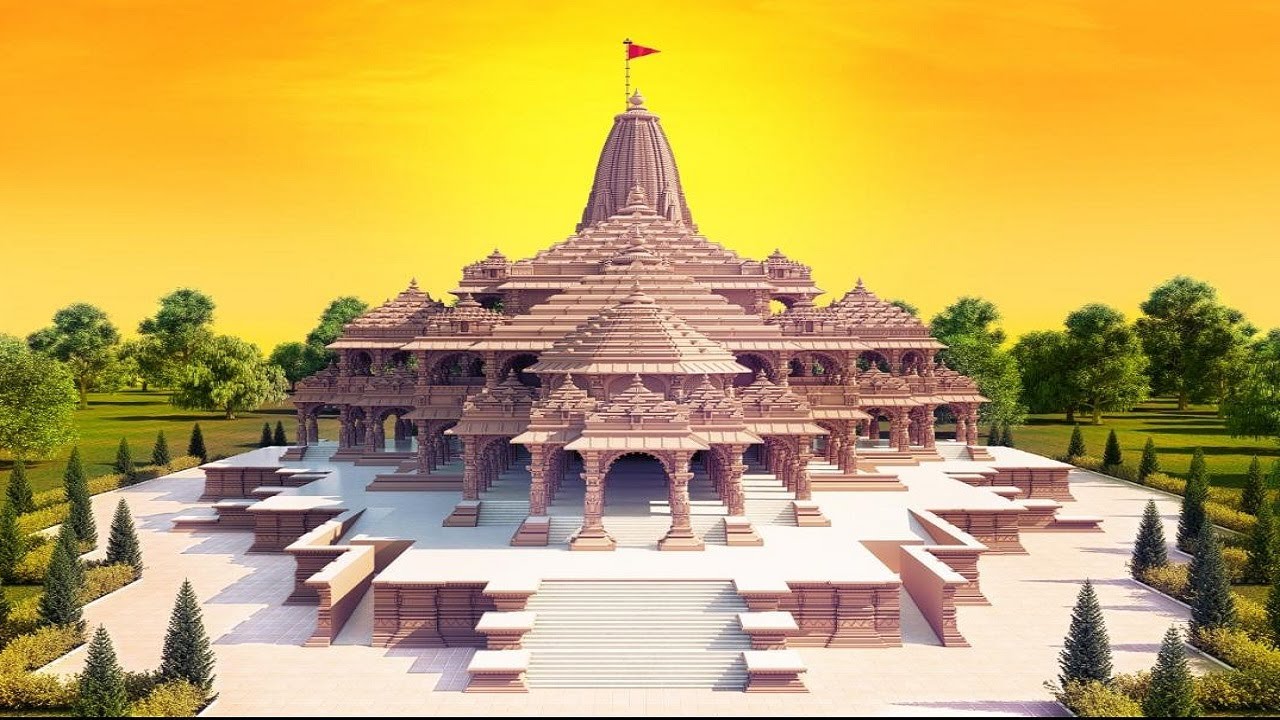
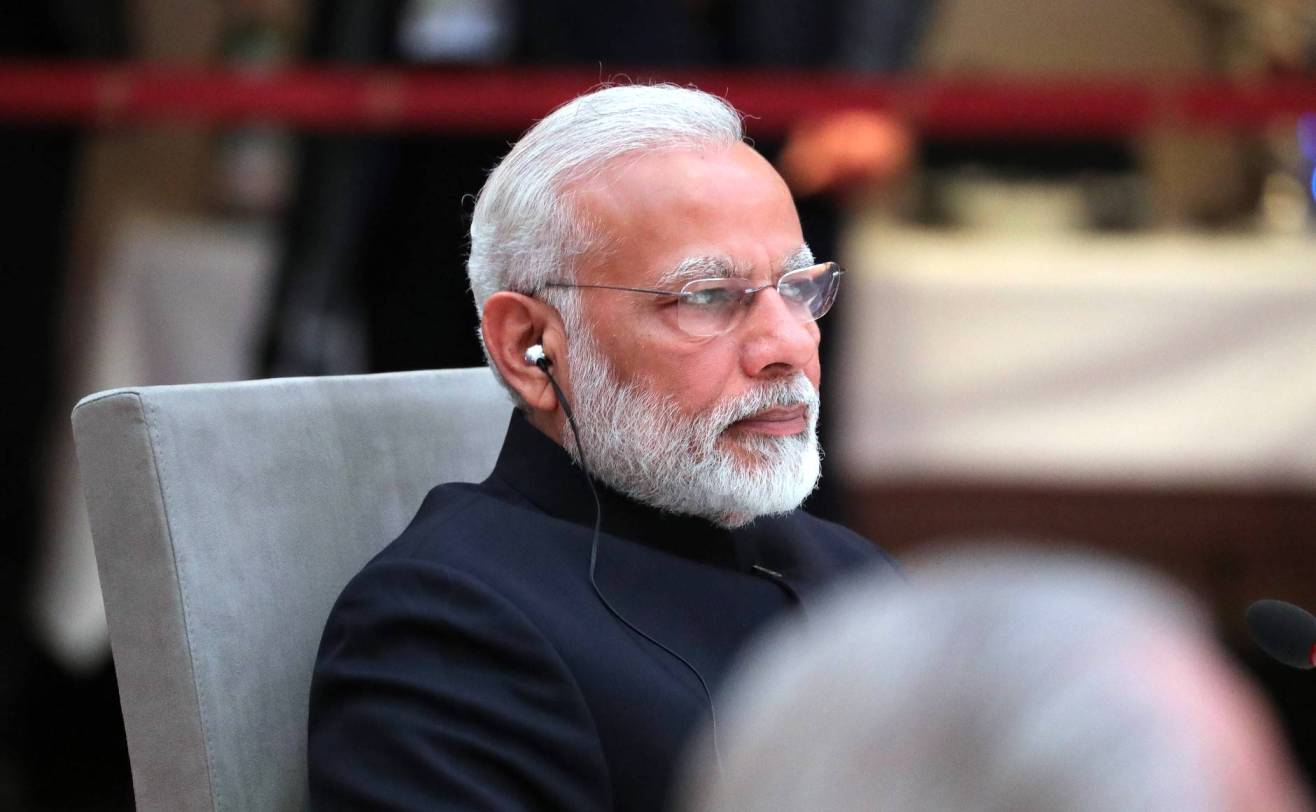

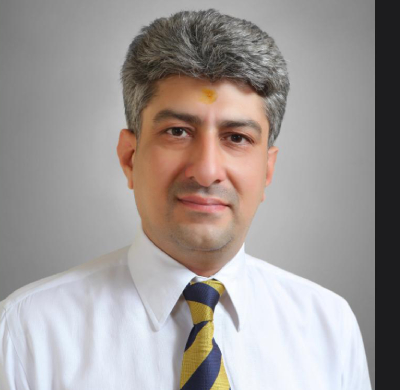
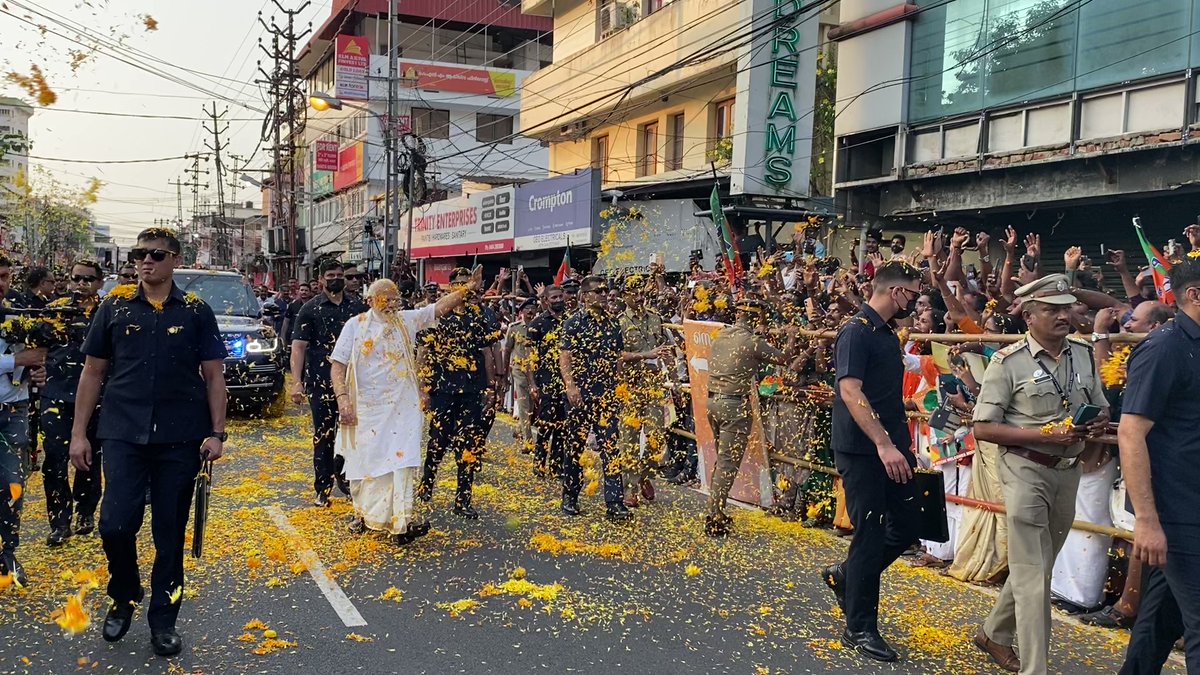
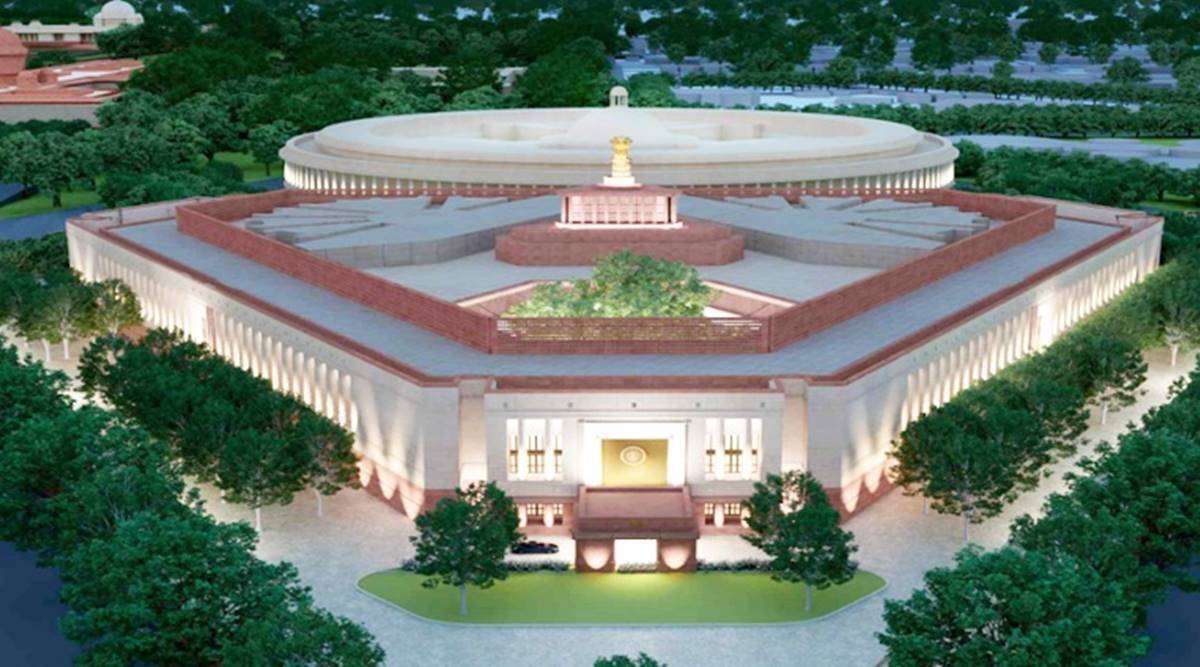

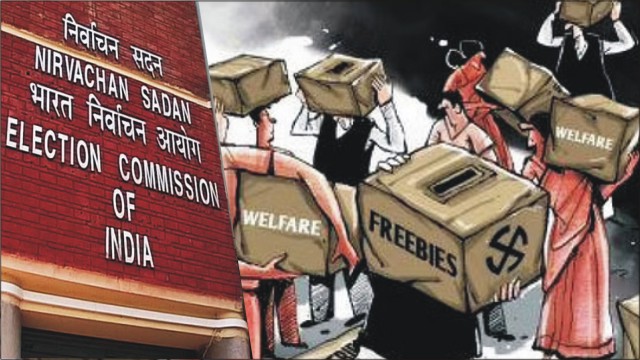






Comments (0)